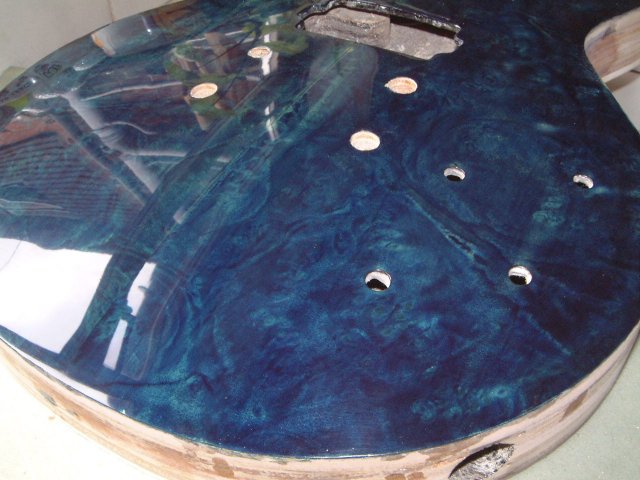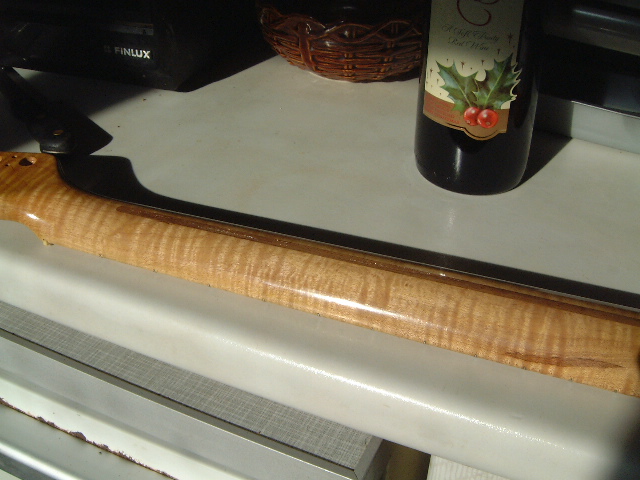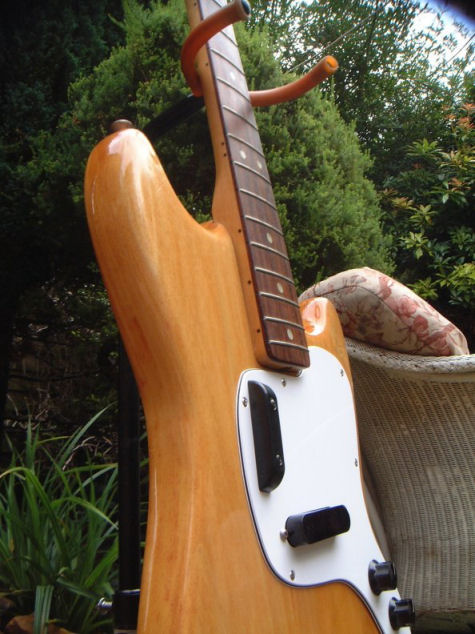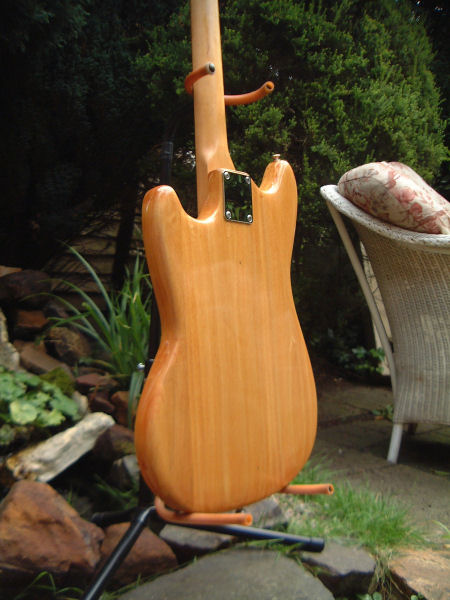Kalimna
Established Member
- Joined
- 18 Nov 2009
- Messages
- 1,275
- Reaction score
- 2
Greetings folks,
Just thought I'd post up a few piccies of a plane I'm in the middle of making to (hopefully!) help out with the headrest of a Hal Taylor chair I foolished promised my wife I would make. Before July. 2010. Bugger.
Anyhoo, there's a few photo's but should be fairly small and not take too long to load.
As usual, I welcome any comments, good or bad, and might ask a few questions along the way as well.
Initially I decided to use a few leftover bits of wood, in this case some padauk and a piece of nicely rippled maple, with a approx 1 1/2 blade.

These were then planed/thickness sanded to dimension, roughly according to the method in Mr Fincks book on the subject...

Marking out the blade bed (at 60 degrees, similar to HNT Gordon planes) and throat...

Throat wedge cutout, including bandsaw 'hiccup'.....

Skipping a couple of steps, the blade bed having been trued up, the padauk dowel made for the cross pin, the cross pin holes drilled and the locating dowel holes drilled out, to be cut away later...

The padauk dowel cut into three bits, the two shorter to be glued into the holes in the cheeks, set approx 3mm beneath the inside surface. The cross pin is inserted at glue-up and is free to rotate and form the mating surface for the wedge (cross pin has a flat on it).

Glue up on the kitchen floor...

Glued up blank tidied up a little, and a 30cm radius template created in CorelDRAW gued to the cheek, to act as bandsaw guide. I tried a 25cm radius but it dodn't 'look right' to me.

The front-back curvature bandsawn off....

More curvature guidelines, this time a 25cm radius, the curvature slightly forward of the mouth. You can just about see it on the pic...

About to start work on the rest of the curvature... But how to clamp a curved object to enable rasping and sanding? DS sticky tape to the rescue! (the left-right curvature taken from a smallish cake plate....)


Work starts on the rasping courtesy of a WH purchase and a microplane...

Shaping up...

Showing how the mouth has started opening up like a cross section of a red blood cell... An effect I wasn't quite expecting, but makes sense, when you think of the geometry...

And two final (phew!) shots giving an idea of the curvature ino both drections...


And that is where I am at right now. Hopefully I will get this finished tomorrow/friday and get some shavings from it.... Things still to do...
Grind the curved edge onto the blade
Fashion a wedge
Open up the mouth, if needed
Soften the edges of the upper surfaces
Possibly a coat of oil to finish, may leave it bare.
A couple of questions for anyone who has got this far through the post...
Firstly, would you bother with any finish on a woody? I quite like (particularly in rippled maple) the deep sheen from oil, but I know it's not to everyones' taste.
Secondly, padauk is a fairly brittle wood (so probably a rather poor choice on my part) and Im concerned that the area around the mouth may split/crumble a little. Might it be worth soaking a little thin CA to try and harden it a little in this area?
Thirdly, any general comments?
Ta for looking, I look forward to, and appreciate any comments...
Adam
Just thought I'd post up a few piccies of a plane I'm in the middle of making to (hopefully!) help out with the headrest of a Hal Taylor chair I foolished promised my wife I would make. Before July. 2010. Bugger.
Anyhoo, there's a few photo's but should be fairly small and not take too long to load.
As usual, I welcome any comments, good or bad, and might ask a few questions along the way as well.
Initially I decided to use a few leftover bits of wood, in this case some padauk and a piece of nicely rippled maple, with a approx 1 1/2 blade.

These were then planed/thickness sanded to dimension, roughly according to the method in Mr Fincks book on the subject...

Marking out the blade bed (at 60 degrees, similar to HNT Gordon planes) and throat...

Throat wedge cutout, including bandsaw 'hiccup'.....

Skipping a couple of steps, the blade bed having been trued up, the padauk dowel made for the cross pin, the cross pin holes drilled and the locating dowel holes drilled out, to be cut away later...

The padauk dowel cut into three bits, the two shorter to be glued into the holes in the cheeks, set approx 3mm beneath the inside surface. The cross pin is inserted at glue-up and is free to rotate and form the mating surface for the wedge (cross pin has a flat on it).

Glue up on the kitchen floor...

Glued up blank tidied up a little, and a 30cm radius template created in CorelDRAW gued to the cheek, to act as bandsaw guide. I tried a 25cm radius but it dodn't 'look right' to me.

The front-back curvature bandsawn off....

More curvature guidelines, this time a 25cm radius, the curvature slightly forward of the mouth. You can just about see it on the pic...

About to start work on the rest of the curvature... But how to clamp a curved object to enable rasping and sanding? DS sticky tape to the rescue! (the left-right curvature taken from a smallish cake plate....)


Work starts on the rasping courtesy of a WH purchase and a microplane...

Shaping up...

Showing how the mouth has started opening up like a cross section of a red blood cell... An effect I wasn't quite expecting, but makes sense, when you think of the geometry...

And two final (phew!) shots giving an idea of the curvature ino both drections...


And that is where I am at right now. Hopefully I will get this finished tomorrow/friday and get some shavings from it.... Things still to do...
Grind the curved edge onto the blade
Fashion a wedge
Open up the mouth, if needed
Soften the edges of the upper surfaces
Possibly a coat of oil to finish, may leave it bare.
A couple of questions for anyone who has got this far through the post...
Firstly, would you bother with any finish on a woody? I quite like (particularly in rippled maple) the deep sheen from oil, but I know it's not to everyones' taste.
Secondly, padauk is a fairly brittle wood (so probably a rather poor choice on my part) and Im concerned that the area around the mouth may split/crumble a little. Might it be worth soaking a little thin CA to try and harden it a little in this area?
Thirdly, any general comments?
Ta for looking, I look forward to, and appreciate any comments...
Adam




































